On-Demand Outsourcing BPO Services for Healthcare Providers With 24/7 Coverage!
Save up to 70% on staffing costs!
Browse Specialty Staffing Services
Enhancing Patient Experience Through Healthcare Revenue Cycle Management
In today’s patient-centered healthcare landscape, financial experience plays an increasingly critical role in overall satisfaction. The healthcare revenue cycle, once seen purely as a back-office function, now significantly influences how patients perceive their care journey. From appointment scheduling to final billing, each financial interaction contributes to the overall experience. Optimizing the revenue cycle with a patient-first approach is essential not only for revenue retention but also for fostering trust, transparency, and loyalty. The Link Between Revenue Cycle and Patient Experience
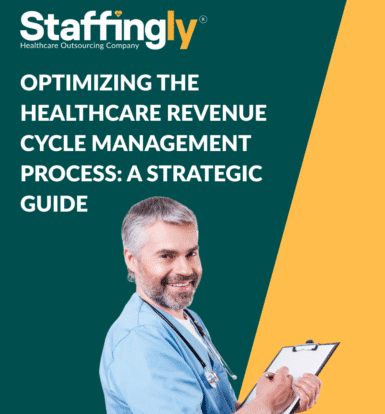
Optimizing the Healthcare Revenue Cycle Management Process: A Strategic Guide
In the complex world of healthcare administration, revenue cycle management (RCM) plays a critical role in ensuring financial sustainability. It encompasses the entire financial process of patient care, from appointment scheduling to final payment collection. As the healthcare industry continues to shift toward value-based care and digital transformation, optimizing the RCM process has become essential for reducing inefficiencies, increasing revenue, and improving the patient experience. Understanding the Revenue Cycle in Healthcare The healthcare revenue cycle includes all administrative and clinical
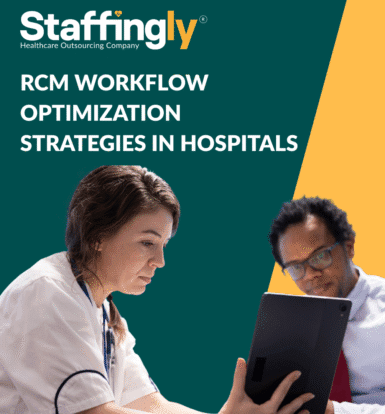
RCM Workflow Optimization Strategies in Hospitals
As healthcare systems face rising costs and increasing administrative burdens, optimizing Revenue Cycle Management (RCM) workflows has become a critical priority for hospitals. RCM encompasses the entire process of managing patient revenue—from registration to final payment—and inefficiencies at any stage can result in significant financial losses, delayed payments, and patient dissatisfaction. By strategically refining each component of the workflow, hospitals can boost operational performance, improve cash flow, and enhance overall care delivery. Key Areas of the RCM Workflow Before exploring

AI Tools for Healthcare Revenue Cycle Automation
Healthcare organizations face increasing pressure to optimize financial performance while maintaining high-quality care. At the heart of this challenge is the Revenue Cycle Management (RCM) process—a series of administrative and clinical functions that capture, manage, and collect patient service revenue. Traditionally manual and error-prone, RCM is now being transformed by Artificial Intelligence (AI). From claim submission to denial management, AI-powered tools are automating repetitive tasks, reducing errors, and accelerating cash flow. What Is Revenue Cycle Automation? Revenue cycle automation uses
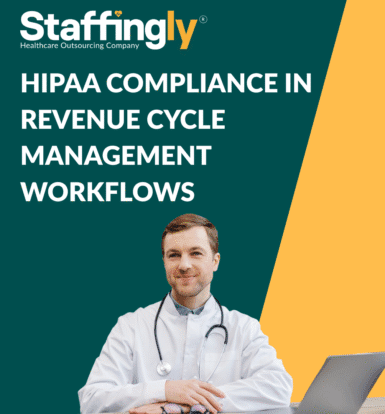
HIPAA Compliance in Revenue Cycle Management Workflows
In the digital age of healthcare, Revenue Cycle Management (RCM) involves a complex flow of patient data—from scheduling and insurance verification to coding, billing, and collections. At the core of this data exchange lies one critical requirement: HIPAA compliance. The Health Insurance Portability and Accountability Act (HIPAA) sets the national standard for protecting sensitive patient information. Failure to follow HIPAA guidelines within RCM workflows can lead to costly penalties, reputational harm, and compromised patient trust. What Is HIPAA and Why
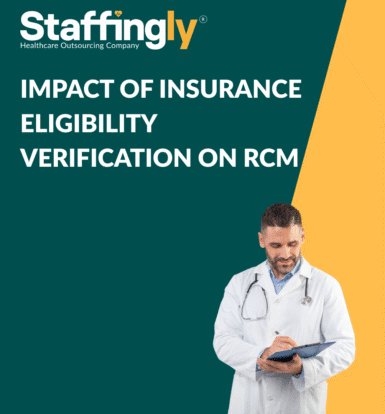
Impact Of Insurance Eligibility Verification On RCM
In today’s complex healthcare landscape, efficient Revenue Cycle Management (RCM) is crucial for the financial stability of any medical practice or hospital. Among the many components that influence RCM performance, insurance eligibility verification stands out as one of the most critical early steps. Ensuring that a patient’s insurance information is accurate and up to date before services are rendered can significantly reduce claim denials, improve cash flow, and enhance patient satisfaction. What Is Insurance Eligibility Verification? Insurance eligibility verification is
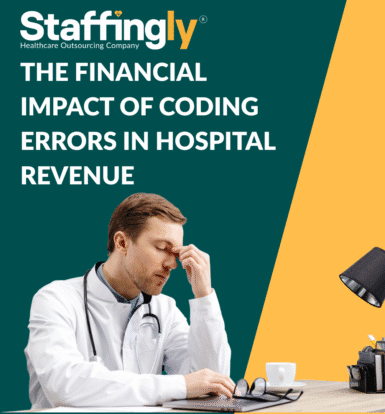
The Financial Impact of Coding Errors in Hospital Revenue
In the complex landscape of healthcare finance, accurate medical coding plays a pivotal role in ensuring proper reimbursement for services rendered. Hospitals depend on coders to translate clinical documentation into standardized codes that determine billing, statistical tracking, and care evaluation. However, even minor coding errors can lead to substantial financial consequences. From revenue leakage to regulatory penalties, the implications of inaccurate coding extend beyond lost dollars they affect operational efficiency, compliance, and patient trust. Understanding Medical Coding in Hospitals Medical

Enhancing Medical Coding and Billing Accuracy in Revenue Cycle Management (RCM)
Accurate medical coding and billing are the backbone of a financially healthy healthcare organization. Errors at any stage in the coding or billing process can result in denied claims, revenue leakage, compliance risks, and patient dissatisfaction. With the growing complexity of payer requirements and regulatory compliance, healthcare providers are increasingly turning to advanced solutions to optimize their Revenue Cycle Management (RCM) through improved accuracy in coding and billing. The Importance of Accuracy in RCM Medical coding and billing translate patient
 Book a Demo to Build Your Team Today!
Book a Demo to Build Your Team Today!


 Read Case Studies
Read Case Studies 


 Virtual Medical Assistants
Virtual Medical Assistants



